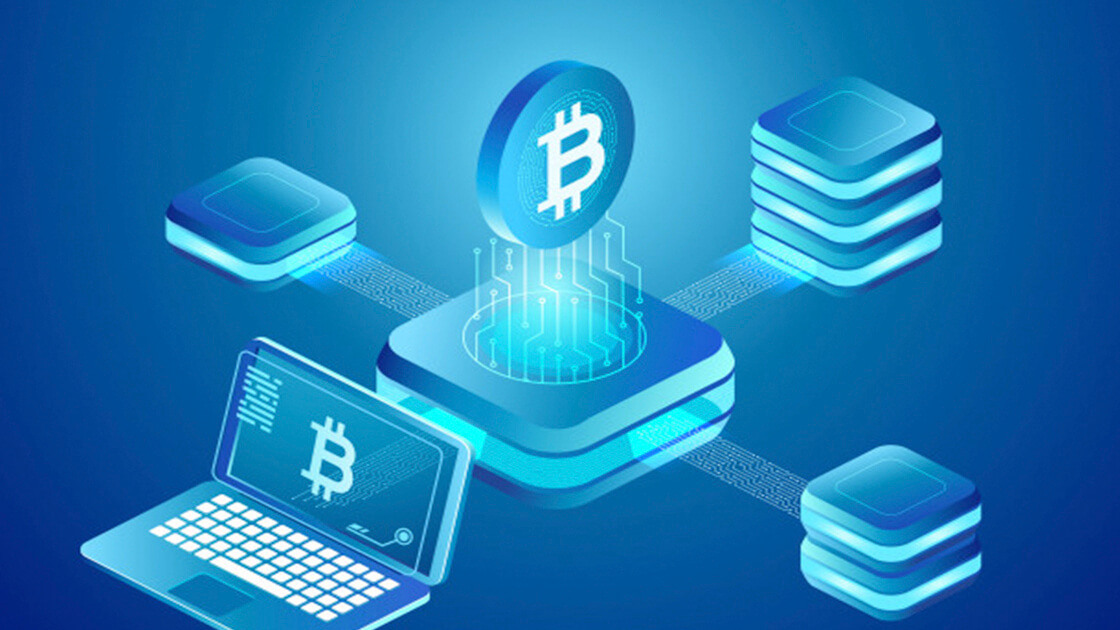The goal of Bitcoin tokenization is to allow its movement to other networks.
Note that the coins and tokens are not the same. Coins are native to their own blockchain and most often serve as money. On the other hand, tokens are cryptocurrencies of broader smart contracts platforms like Ethereum that allow users to design, issue, and manage assets that are derivatives of the primary blockchain. Purposes of tokens vary.
When Satoshi Nakamoto created the currency in 2009, he formed the asset as the initial decentralized currency powered by blockchain. Since then the industry has evolved greatly. Being the first currency of its type, Bitcoin's smart contract operations are limited while Ethereum and other networks have come up with innovative solutions and opportunities.
It's essential to understand that BTC uses blockchain technology to transparently track a ledger of transactions. However, blockchain enables far more, like storing computer code and exploit it to power DeFi contracts and apps.
Why it was necessary to tokenize Bitcoin?
Tokenizing Bitcoin makes the asset programmable. It unlocks functions that aren't initially supported by the cryptocurrency. The process makes it possible to increase operation speed, privacy, and fungibility.
The major reason for creating tokenized Bitcoin is to integrate the asset into the DeFi interconnection services and use it for different purposes such as collateral for loans. Integrating BTC into this composable environment of financial blocks is an advancement in the crypto field. This brings various innovative apps that use Bitcoin and wouldn’t run in another way.
Tokenization most often consists of the following steps: locking Bitcoins, minting tokens on a different protocol, and using them. Each token moved to another environment introduces a particular amount of BTC. The two assets are linked and the process must be two-sided. This suggests the opportunity of destroying the minted tokens by unlocking bitcoins on the primary Bitcoin ecosystem.
Trending: Kevin O'Leary promises to increase investment in digital assets
There are tokenized Bitcoins that already operate on other networks. A number of outlines are in the development stage. BTC tokenization is reached through custodians or other ways.
Wrapped Bitcoin (WBTC)
By “wrapping” BTC in the ERC-20 standard, WBTC enables the complete integration of a Bitcoin-like asset into dApps and the usage of the market's large liquidity. WBTC is pegged 1:1 to Bitcoin. The token was officially launched on January 31, 2019. The initiators of the project were BitGo, Kyber Network, and Ren.
Wrapped Bitcoin uses custodial solutions. To get WBTC, Bitcoin owners need to use merchants. Custodians lock up the original Bitcoins and issue corresponding WBTC tokens. Custodianship is secured by multi-sig contracts that require multiple parties within the DAO (Decentralized Autonomous Organization) to sign transactions.
After receiving WBTCs, holders can use them as collateral to receive crypto-backed loans or deposit them in a lending pool.
Bitcoin BEP2 (BTCB)
BTCB is a Bitcoin-backed token running on the Binance chain. It is 100% pegged by native BTC. Here Binance acts as the custodian allowing people to audit the cumulative amount of funds held via their created Bitcoin reserve address. The goal of BTCB is to make it possible to purchase Bitcoin for other assets on Binance’s decentralized exchange (DEX). The token was issued on 18 June 2019.
sBTC
sBTC is a synthetic Bitcoin built on the Synthetix protocol atop of Ethereum.
Trending: Salvadorans are against buying bitcoins at the expense of the budget
It traces the price of Bitcoin exploiting feeds supplied by Chainlink’s decentralized network of oracles.The specialty of sBTC is that this tokenization doesn't require underlying Bitcoin and there isn't a custodian. In Synthetix all synths (synthetic assets) are secured by collateral in the form of SNX tokens. The platform is highly overcollateralized. sBTC also aims to bring more DeFi options with BTC.
RenBTC
RenVM is an open protocol allowing bridging tokens to Ethereum. RenBTC is an ERC20 standard of Bitcoin pegged 1:1. Like Wrapped Bitcoin, RenBTC allows minting by supplying BTC and withdraw by burning. It uses a non-custodial method of tokenization.
The main difference between renBTC and other tokenized Bitcoins is the fluid value exchange of the asset. RenVM does not store any Bitcoin inside a centralized custodial platform but uses a decentralized network of nodes called Darknodes. Users can mint and burn tokens whenever they need, without completing KYC.
Final Thoughts
Huge interest in tokenized Bitcoins is explained by the demand to expand the coin's use cases. It's important to note that the prices of BTC tokens can vary a little. However, they will be close to the rate of native Bitcoin.
Variations happen as each type of tokenized Bitcoins has different demand than others. The way of redeeming the assets also matters. Before making the decision to get tokenized BTCs instead of the native asset, it's essential to take into account counterparty and security risks.
Another thing users must be aware of is that original Bitcoin never operates on other blockchains. BTC is locked on the initial network and the protocols release equivalents of the locked sum.
Trending: Support.com Stock Surges After Merger with BTC Mining Firm
The opposite approach also exists. It suggests instead of bringing Bitcoin to DeFi, draw DeFi to the Bitcoin environment.





